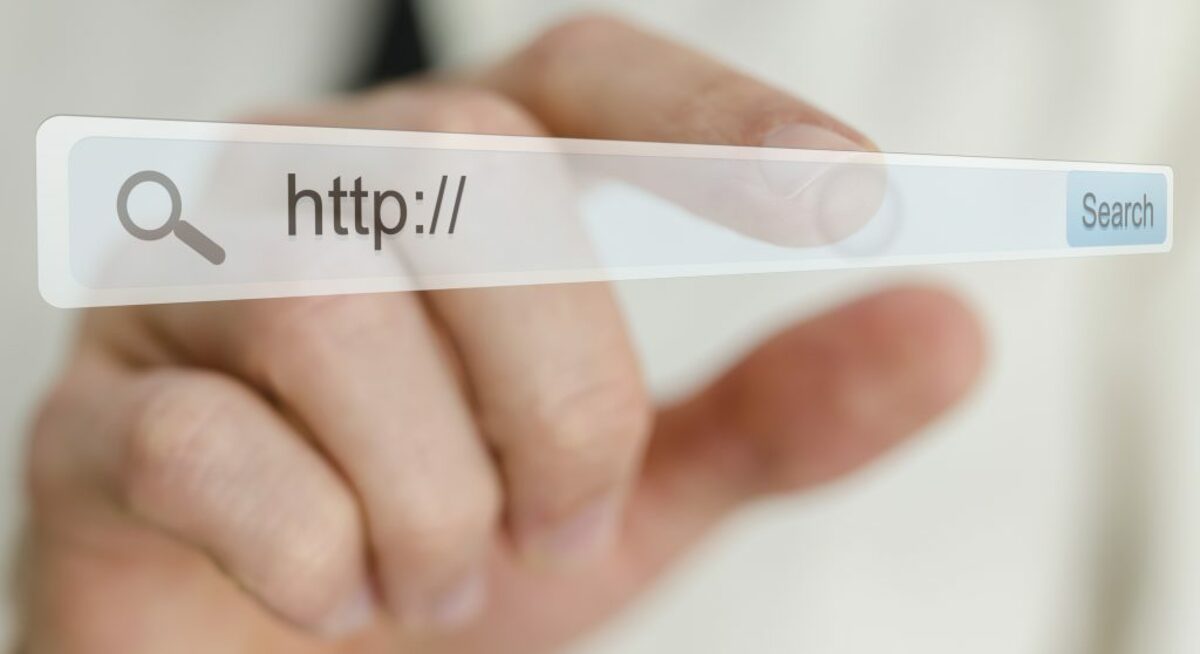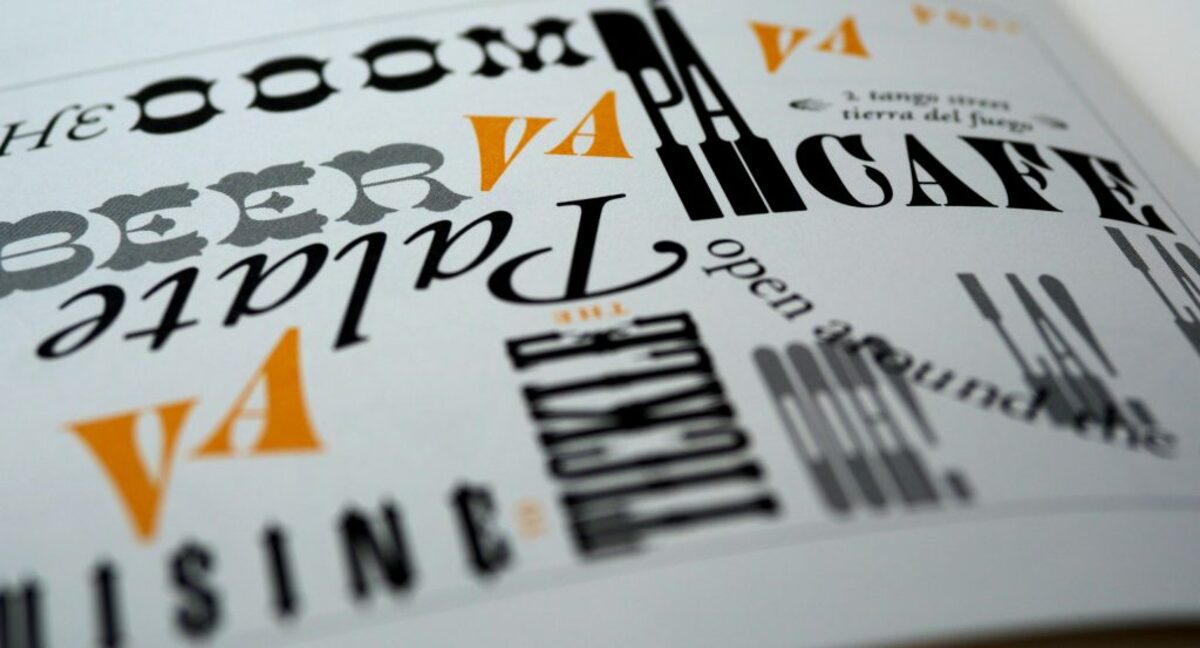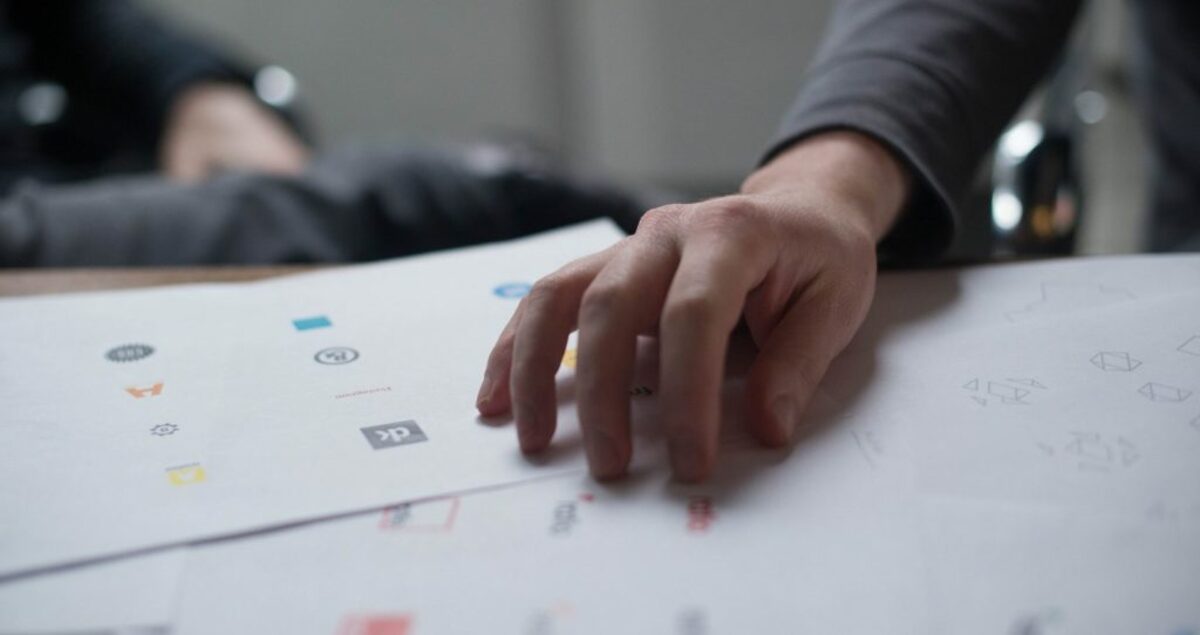Creating a website or rebuilding and redesigning one is always a daunting task. The metrics involved to come up with a good and functioning website can change from time to time, as technology also improves along the way. This means you have to keep up with changing times. Otherwise, your website web ranking may suffer, and your goals will remain unfulfilled.
The good news is that you don’t have to go through this process alone. You can either work to improve your in-house web team’s expertise or take in the services of an expert web design agency. Whichever route you choose to take, to be certain that you won’t miss out on anything important, you need to have a checklist of the must-haves and non-negotiables to aid the web design process.
Listed below are the aspects you must include in your web design checklist.
Domain Name

What’s a website without a domain name? Whether you design your website by yourself or you take in the services of a third-party professional is immaterial. Registering your site’s domain name is the first step that needs to be done before moving on with the whole ordeal.
Your site’s domain name is very important as it gives your website a sense of identity. Think of it as a street address your online visitors will use to find you. Hence, it’s important to do it right the first time before registering your domain name.
Typically, your domain name consists of two parts:
- The first part holds your business name, brand name, or your name if you have a personal brand;
- The second part refers to the type of organization or region you belong to, such as:
.com, for commercial organizations
.edu, for educational institutions
.net, for network infrastructure
.gov, for government and semi-government departments
.org, for clubs and affiliation groups
Purpose And Goals
No website design process can commence and be complete without set goals. Otherwise, your site won’t have a sense of direction. You need to have a purpose of helping determine whether or not your website is adequately designed to meet your objectives.
Your purpose can effectively narrow the design elements you’ll have and abide by, such that only those that lead to achieving your goals will be included. Your website goals comprise the reason why it matters in the first place.
For instance, is your online page an e-commerce site for selling items on the Internet? Or are you merely running a blog? Answering those questions can help set a starting point for all the other decisions you’ll come up with in creating your website.
Font Style And Color
Another very important element of your web design process is typography. This refers to the font style and color. While it may only seem like a very minimal detail, it actually makes a big difference in making your website feel and look more coherent to your brand identity.
Moreover, the wrong typography choice can affect your website design’s effectiveness. Bad typography choices may look confusing, messy, and uncoordinated.
Because there are so many color hues and palettes to choose from, it’s all the more necessary to come up with the right decision as to font style and color.
Here’s a quick guide you can use:
- Use no more than four different font styles to avoid confusion
- Consult a color wheel to guide you on the color family, so you have better insights on what colors match and what don’t
- When unsure, you can’t go wrong with basic fonts styles
Site Pages And Features
Your site pages and features are not exclusively unique only to your website’s needs and preferences. This means that while you can be inspired by other online sites, it’s not for you to copy them in total. You have to decide on what pages and features resonate well with the kind of business you have and what you also feel you need to have on your site.
For starters, however, some of the most important website pages and features you certainly need to include are:
- Number of website pages
- Support or the availability of chatbots
- Website storage, so it can handle your images and videos
- Shopping cart and payment portals
- Other helpful tools like forms, maps, customer reviews, and the like
Logo
Even if your website isn’t for e-commerce purposes, you still need to have a business logo. In fact, this is non-negotiable; apart from your domain name, it’s what gives your website an identity. To ensure your logo is effective, it’s highly recommended to have a professional graphic designer create one for you.
With one, you’re certain that your logo design is competitive, professional, and meets the standards you’ve set for your website.
If you still need more convincing why a website logo is necessary when you already have your domain name anyway, here are a few reasons why:
- It allows your customers to remember you
- It strikes a good first impression
- It gives your customers a clear-cut idea of what your website is all about
- It enables you to stand out in a competitive and crowded market
Website Content
Your website design and content go hand-in-hand, as one can’t be without the other. Even if the design aspect of your website is impeccable, if the content is mediocre, your website still ceases to be effective. As you design your website, it’s therefore also necessary to decide on what content is essential. Then, it’s your task to start creating engaging content.
You don’t just think of your website content at the last minute. Rather, this is one you have to plan in advance.
Final Thoughts
The checklist above isn’t yet exhaustive, as there are still so many more unmentioned elements you have to include, according to the type of website you have and the goals you intend to achieve. It can, however, set your web design process into motion so you have a sense of direction where to start and how to begin.
As you can see, designing a website is a long and arduous process. If you intend to come up with the best one, doing so isn’t something you can simply achieve overnight. The list above can also help your design team, such that no important aspects will be overlooked.


